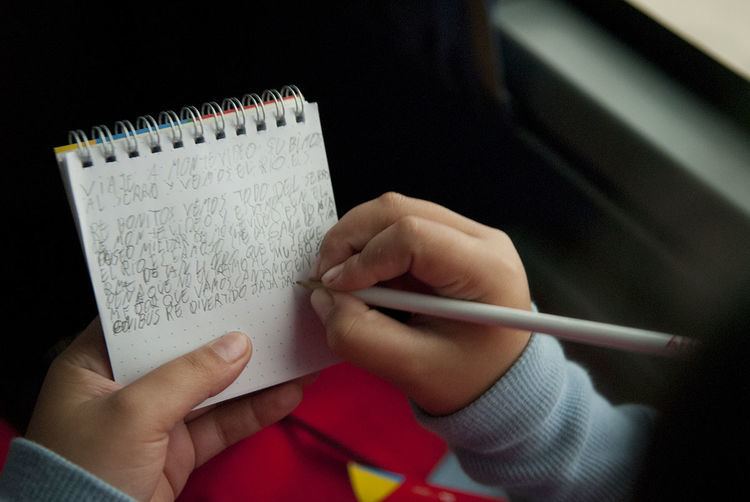 | ||
APA Style is a writing style and format for academic documents such as journal articles and books. It is described in the style guide of the American Psychological Association (APA), which is titled the Publication Manual of the American Psychological Association. The guidelines were developed to aid reading comprehension in the social and behavioral sciences, for clarity of communication, and for "word choice that best reduces bias in language".
Contents
- Sixth edition of the Publication Manual
- Errors in the first printing
- In text citations
- Reference list
- References
APA style is widely used, either entirely or with modifications, by hundreds of other scientific journals (including medical and other public health journals), in many textbooks, and in academia (for papers written in classes). Along with AMA Style and CSE Style, it is one of the major styles for such work.
APA Style was first developed in 1929. In response to the growing complexities of scientific reporting, subsequent editions were released in 1974, 1983, 1994, 2001, and 2009. Primarily known for the simplicity of its reference citation style, the Publication Manual also established standards for language use that had far-reaching effects. Particularly influential were the "Guidelines for Nonsexist Language in APA Journals," first published as a modification to the 1974 edition, which provided practical alternatives to sexist language then in common usage. The guidelines for reducing bias in language have been updated over the years and presently provide practical guidance for writing about race, ethnicity, age, gender, sexual orientation, and disability status (APA, 2009, pp. 70–77; see also APA, 2009b).
Sixth edition of the Publication Manual
The sixth edition of the Publication Manual of the American Psychological Association is the most current. It was released in July 2009 after four years of development. The Publication Manual Revision Task Force of the American Psychological Association established parameters for the revision based on published critique; user comments; commissioned reviews; and input from psychologists, nurses, librarians, business leaders, publishing professionals, and APA governance groups (APA, 2007a, 2007b). To accomplish these revisions, the Task Force appointed working groups of four to nine members in seven areas: bias-free language, ethics, graphics, Journal Article Reporting Standards, references, statistics, and writing style (APA, 2009, pp. XVII–XVIII).
The APA explained the issuing of a new edition only eight years after the fifth edition by pointing to the increased use of online source or online access to academic journals (6th edition, p. XV). The sixth edition is accompanied by a style website, apastyle.org as well as the APA Style Blog, which answers many common questions from users.
Errors in the first printing
Sample papers in the first printing of the sixth edition contained errors. APA staff posted all of the corrections online for free in a single document on October 1, 2009, and shortly thereafter alerted users to the existence of the corrections in an APA blog entry. These errors attracted significant attention from the scholarly community and nearly two weeks later, on October 13, 2009, the article "Correcting a Style Guide" was published in the online newspaper Inside Higher Ed that included interviews with several individuals, one of whom described the errors as "egregious" (Epstein, 2009). All copies of the printing with errors were soon after recalled in 2009 (including those from major retailers such as Amazon.com) and all manuals currently in circulation are unaffected.
In-text citations
APA Style uses an author-date reference citation system in the text with an accompanying reference list. That means that to cite any reference in a paper, the writer should cite the author and year of the work, either by putting both in parentheses separated by a comma (parenthetical citation) or by putting the author in the narrative of the sentence and the year in parentheses (narrative citation).
Example narrative citation: Schmidt and Oh (2016) described a fear among the public that the findings of science are not actually real.
Example parenthetical citation: In our postfactual era, many members of the public fear that the findings of science are not real (Schmidt & Oh, 2016).
Reference list
In the reference list, the writer should provide the author, year, title, and source of the cited work in an alphabetical list of references. If a reference is not cited in the text, it should not be included in the reference list. The reference format varies slightly depending on the document type (e.g., journal article, edited book chapter, blog post), but broadly speaking always follows the same pattern of author, date, title, source.
